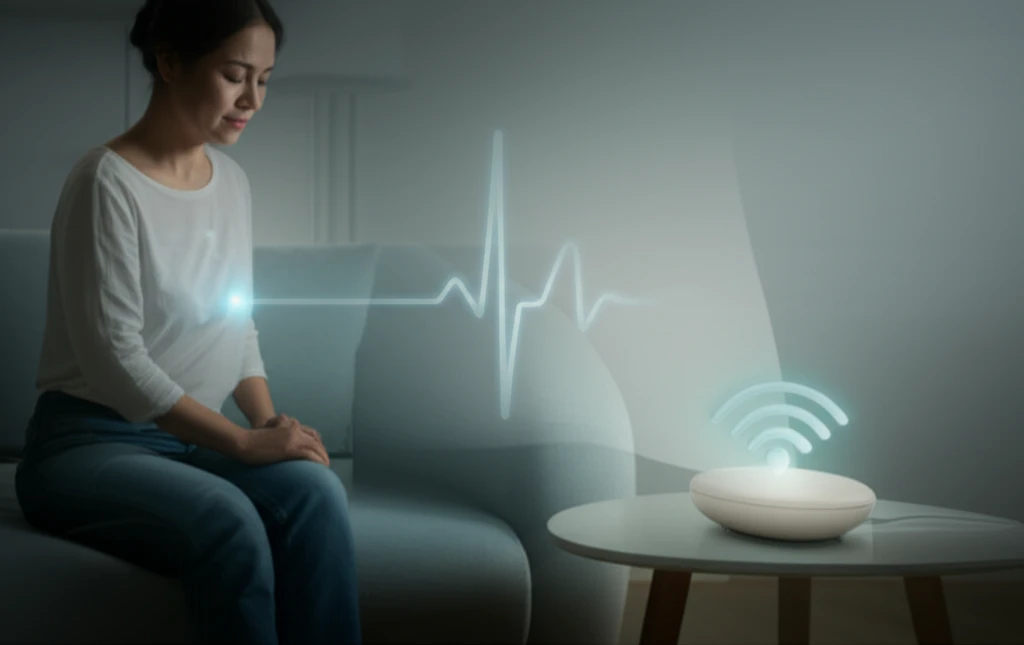
Listen to Your Heart: Doppler Radar Makes Non-Contact Heart Monitoring a Reality
"New AI-powered radar tech offers a promising future for remote heart monitoring, providing accurate data without ever touching the patient."
Heart rate variability (HRV) is a key indicator of health, reflecting everything from physical fitness to mental stress levels. Traditionally, monitoring HRV meant being wired up with sensors, but that could be about to change in a big way. Researchers are developing non-contact heart rate (HR) monitoring techniques using Doppler radar, opening up exciting possibilities for remote health tracking.
Doppler radar, known for its use in weather forecasting and speed detection, is now being adapted to sense the subtle movements of your chest caused by your heartbeat. This technology offers a convenient and unobtrusive way to monitor heart health, especially valuable in situations where traditional methods are impractical or uncomfortable.
The challenge? Isolating the faint heartbeat signal from other, stronger signals like breathing and body movements. This is where advanced signal processing and artificial intelligence come into play, helping to filter out the noise and deliver accurate heart rate readings.
How Does Radar Detect Your Heartbeat?

At its core, the system works by emitting a continuous wave (CW) radar signal towards the person being monitored. This signal reflects off the chest, and any movement – even the tiny displacement caused by a heartbeat – alters the frequency of the reflected wave (this is the Doppler effect in action!). A receiver then captures this reflected signal, and the magic of signal processing begins.
- Monitoring infants: Especially premature babies who require constant monitoring but are easily disturbed.
- Sleep studies: Where wires can disrupt natural sleep patterns.
- Elderly care: Offering a simple way to keep track of heart health without burdening the individual.
- Fitness tracking: Providing a discreet alternative to chest straps during exercise.
The Future of Contactless Heart Monitoring
While challenges remain, the progress in Doppler radar heart monitoring is undeniable. As algorithms become more sophisticated and hardware becomes more refined, we can expect to see this technology playing an increasingly important role in healthcare and personal wellness. Imagine a world where your heart health is continuously monitored without you even noticing – that future may be closer than you think.
